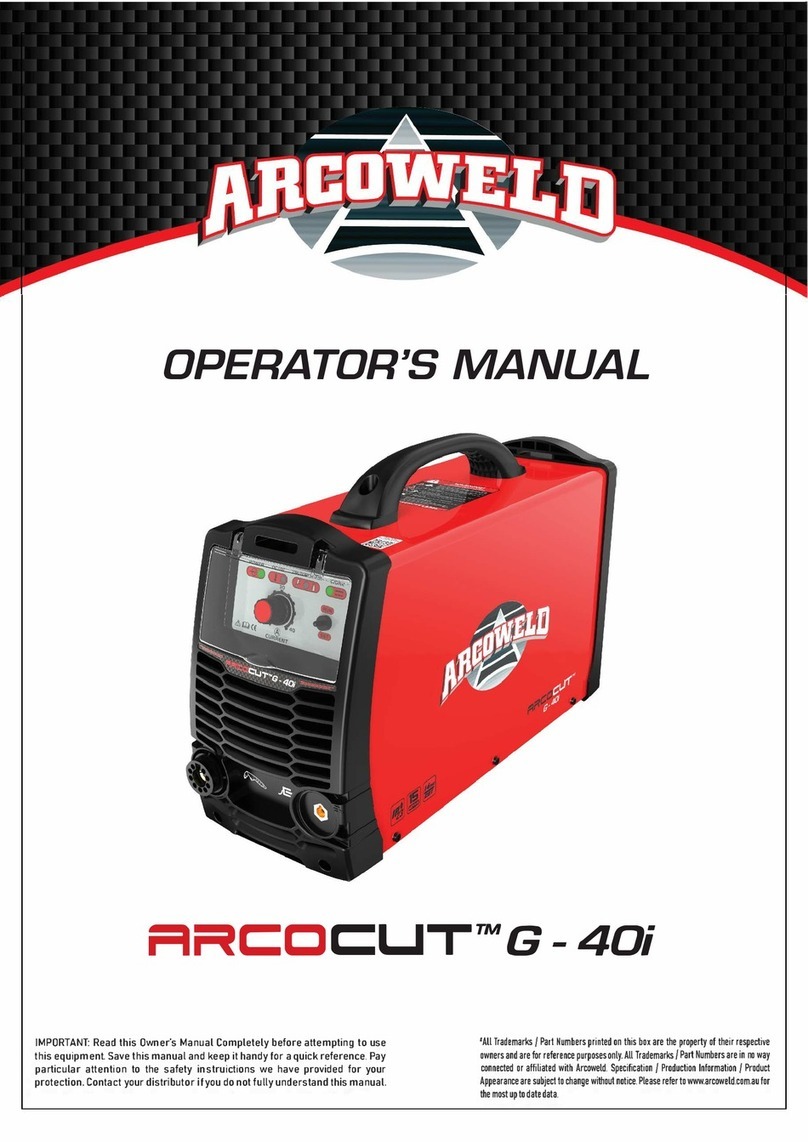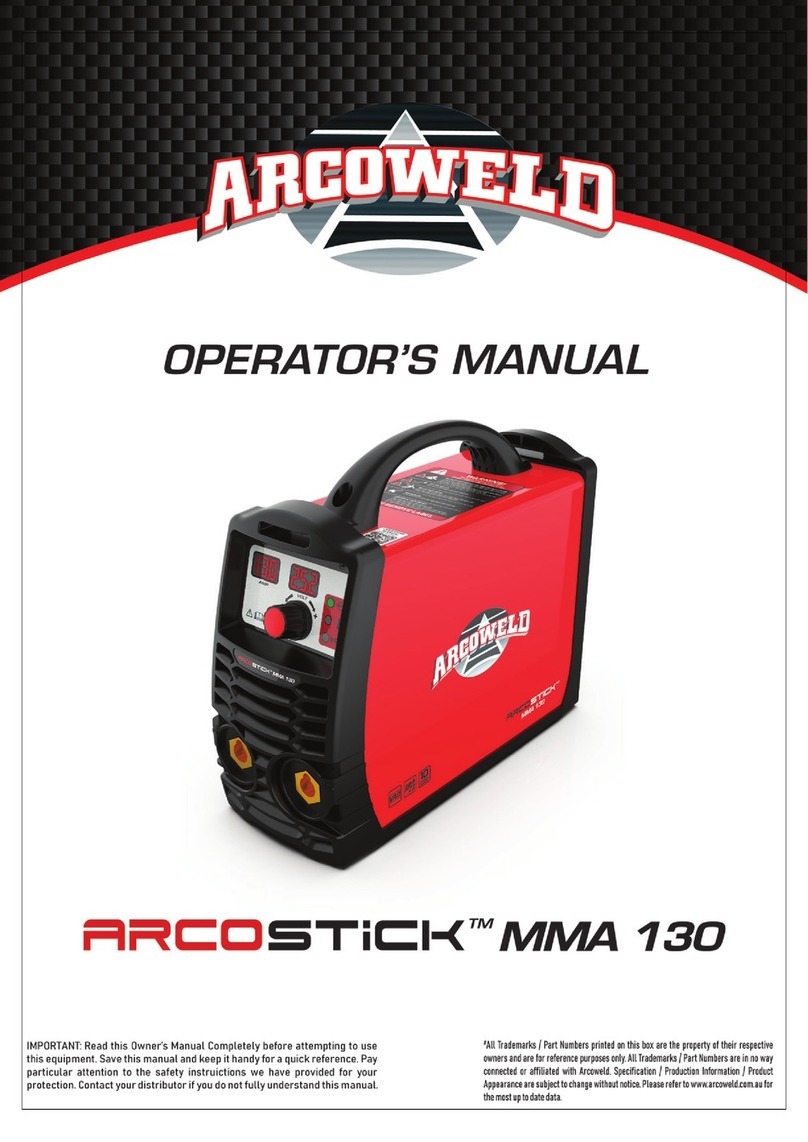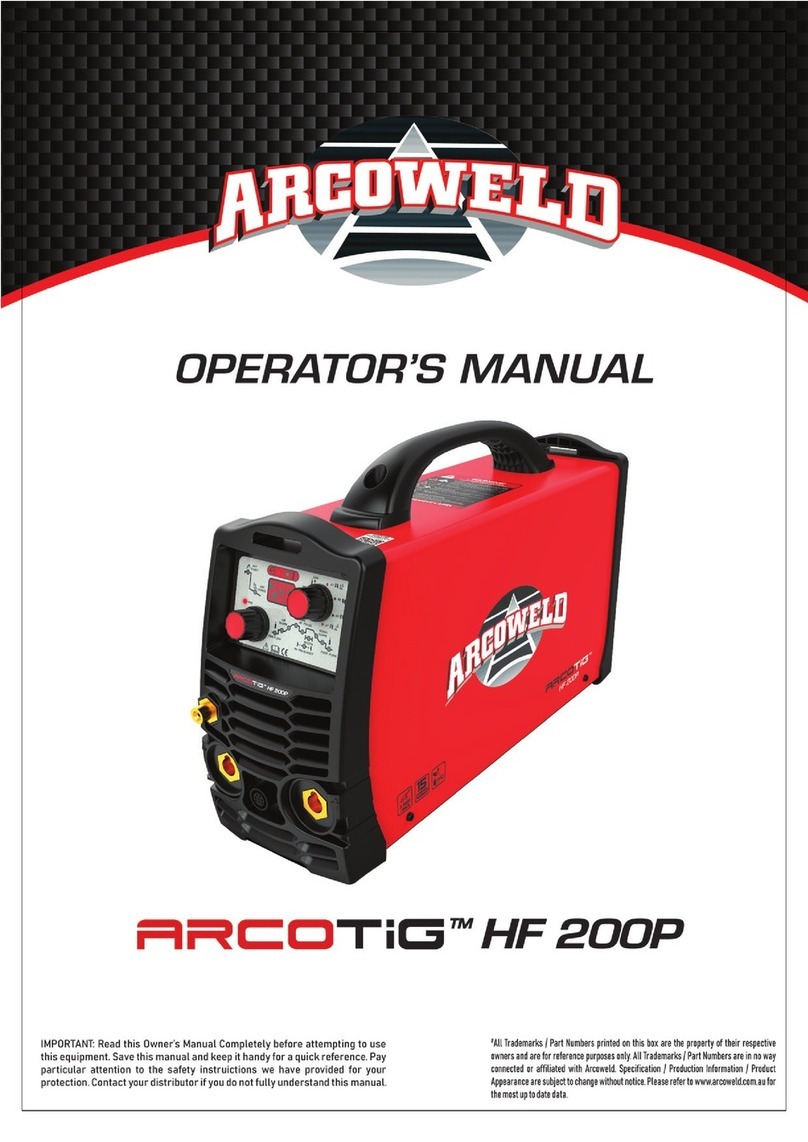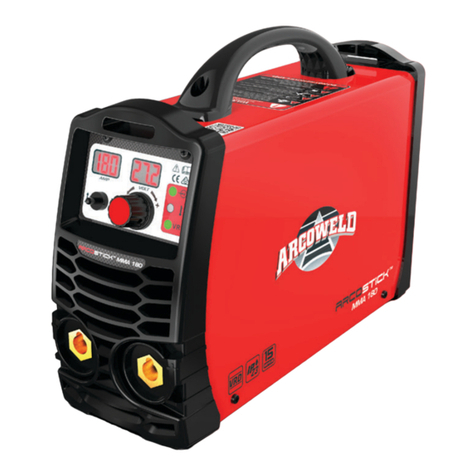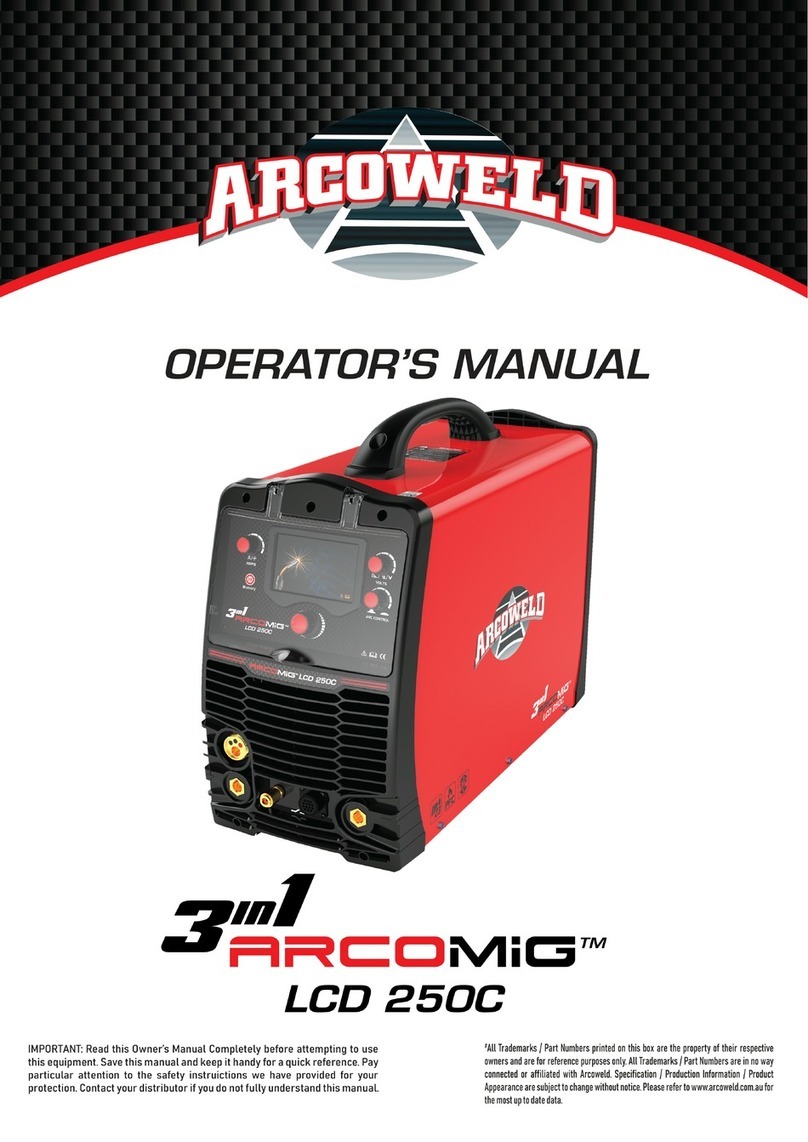
CONTENTS
II
CONTENTS
1 SAFETY ...................................................................................................................................................1
1.1 SIGNAL EXPLANATION ..................................................................................................................................1
1.2 ARC WELDING DAMAGE...............................................................................................................................1
1.3THE KNOWLEDGE OF ELECTRIC AND MAGNETIC FIELDS.......................................................................................5
2 SUMMARY..............................................................................................................................................6
2.1 BRIEF INTRODUCTION...................................................................................................................................6
2.2 WORKING PRINCIPLE ...................................................................................................................................7
2.3 VOLT-AMPERAGE CHARACTERISTIC .................................................................................................................7
3INSTALLATION & ADJUSTMENT ............................................................................................................. .8
3.1 PARAMETERS.......................................................................................................................................8
3.2 DUTY CYCLE &OVER HEAT ............................................................................................................................9
3.3 WELDING POLARITY CONNECTION WAY .............................................................................................................9
3.3.1 MMA ................................................................................................................................................. 9
3.3.2 (TIG) ...................................................................................................................................................10
4OPERATION CONTROL AND CONNECTORS...........................................................................................11
4.1 LAYOUT FOR FRONT &REAR PANEL...........................................................................................................11
4.3 WELDING OPERATION ................................................................................................................................13
4.3.1 Striking the arc .................................................................................................................................. 13
4.3.2 Manipulation of electrode ............................................................................................................... 14
4.4 WELDING PARAMETERS .............................................................................................................................14
4.4.1 Joint form in MMA .................................................................................................................... .......14
4.4.2 Electrode selection .......................................................................................................................... 14
4.5 ARC WELDING DEFECT AND PREVENTION METHOD .................................................................................... ..15
4.6 OPERATION ENVIRONMENT.......................................................................................................................16
4.7 OPERATION NOTICES ...............................................................................................................................16
5 MAINTENANCE & TROUBLESHOOTING..............................................................................................18
5.1 MAINTENANCE .......................................................................................................................................18
5.2 TROUBLESHOOTING .................................................................................................................................19
5.3 ELECTRICAL PRINCIPLE DRAWING ................................................................................................................21

